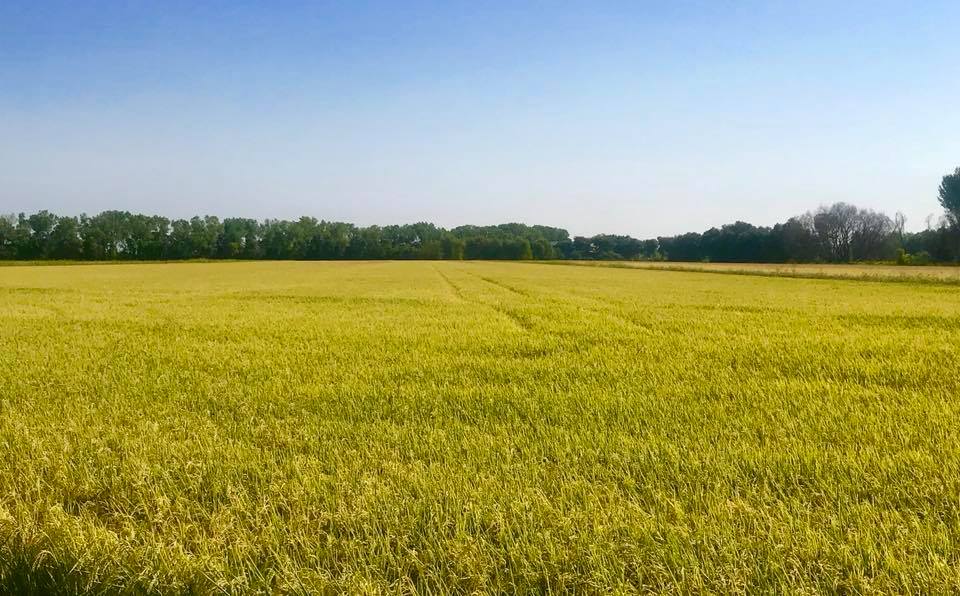
Aerial Seeding vs. Drill Seeding: How Rice Gets Planted Matters
Share
At Black Fox Brand, we believe great rice begins long before harvest. It starts with how the seed is planted — and not all methods are created equal. You’ve probably never thought about how rice is seeded, but there’s more to it than meets the eye.
Two of the most common methods are aerial seeding (by airplane) and drill seeding. Let’s take a closer look at how they work — and why the difference matters to farmers, the land, and the rice on your plate.
What Is Aerial Seeding?
Aerial seeding is just what it sounds like: rice seed is broadcast from an airplane over flooded or wet fields. This traditional method has been used for decades and is still widely practiced in areas with heavy clay soils and established water systems.
Pros of Aerial Seeding:
Fast and efficient — great for large farms
Ideal for wet or flooded fields
Less soil disturbance (no tractors needed)
Can plant hundreds of acres in a day
What Is Drill Seeding?
Drill seeding, is a modern approach where rice is planted in precise rows in dry or lightly moist soil using a mechanical seeder or drill. Flooding happens after the crop is established.
At Black Fox Brand, this is the method we proudly use — and here’s why.
Pros of Dry Seeding:
Precision placement of seeds = better uniformity
Requires less seed overall — less waste
Seeds are buried, reducing bird loss
Easier to manage weeds before the field is flooded
More water-efficient — helps conserve a vital resource
As a brand rooted in authentic Japanese rice farming practices, we use drill seeding because it reflects the same values that define our rice: precision, respect for the land, and unwavering quality.
Why It Matters to You
Whether rice is seeded by air or by drill, the method affects everything — from how much water is used to how consistently the crop grows.
At Black Fox Brand, we choose drill seeding because:
It’s more sustainable
It’s more precise
And it helps us grow rice with consistency and integrity
That means the rice you’re cooking for your family was planted with intention — using practices that are better for the environment and better for quality.
